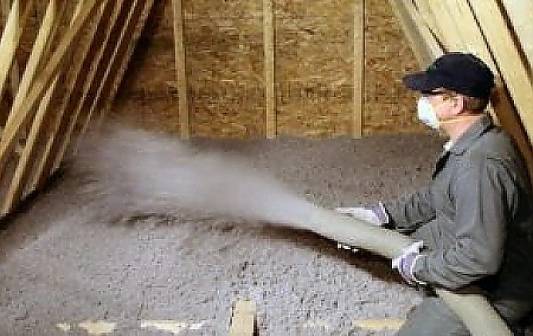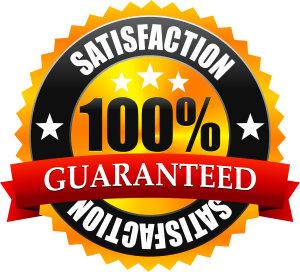Mt. Pleasant Attic Insulation & Air Sealing | Home Improvements

Attic Insulation Is Important
Fortunately, basic attic insulation and air-sealing upgrades for Mt. Pleasant homes can be done very affordably, enabling homeowners to cut monthly utility expenses, improve interior comfort and also improve home value. But to make these improvements, it's important to hire full-service attic insulation contractors in the Mt. Pleasant, MI area.
"Full-service" means that the contractor has the training, experience, and capability to install a wide range of insulation types. In contrast, some other attic insulation companies can only install one or two types of insulation.
Your Trusted Attic Insulation Contractors in the Mt. Pleasant, MI Area
There are many different types of attic insulation available for Mt. Pleasant area homeowners from Energy Plus. Factors like location, moisture conditions, installation requirements, and local building codes determine which types of insulation should be used in various parts of your house.
Since Energy Plus is a full-service attic insulation contractor in Mt. Pleasant and the surrounding communities, we can help you select the insulation that will provide the best value and energy savings for your home.
Schedule A Free Home Attic Insulation Inspection
Why put up with rooms that are too cold or too hot, and a monthly utility bill that's too high? During a free attic insulation inspection by Energy Plus, you'll learn how comfort and energy problems can be solved with our expert attic insulation installation in Mt. Pleasant.
An insulation upgrade from Energy Plus is a “once-and-done” home improvement project for your home that requires no maintenance and never wears out. Your home will be more comfortable and you’ll pay less to keep it that way for as long as you live there.
View Our Attic Insulation Options for Mt. Pleasant Homes
Basic Line
- Cost$
- Insulation TypeCellulose
- Thickness6 Inches
Energy Line
- Cost$$
- Insulation TypeCellulose
- Thickness10 Inches
Silver Line
- Cost$$$
- Insulation TypeCellulose
- Thickness14 Inches
Premium Line
- Cost$$$$
- Insulation TypeCellulose
- Thickness18 Inches
Ask About Our Add Ons
- Air Sealing
- Baffels/Vents
- Attic Access Covers
- Attic Pull Down Stairs
- Attic Catwalk
- Attic Insulation Extraction
$108.00* Per Month
*This example is based on a basic ranch home of 2000sqft of 14 inches of cellulose.
Fixed APR of 8.99% for 60 months, 60 payments No prepayment penalties
*With minimum purchase made at initial appointment and approved credit. Energy Plus Home Improvements is neither a broker nor a lender. Financing is provided by third-party lenders unaffiliated with Energy Plus Home Improvements, under terms and conditions arranged directly between the customer and such lender, all subject to credit requirements and satisfactory completion of finance documents.

















